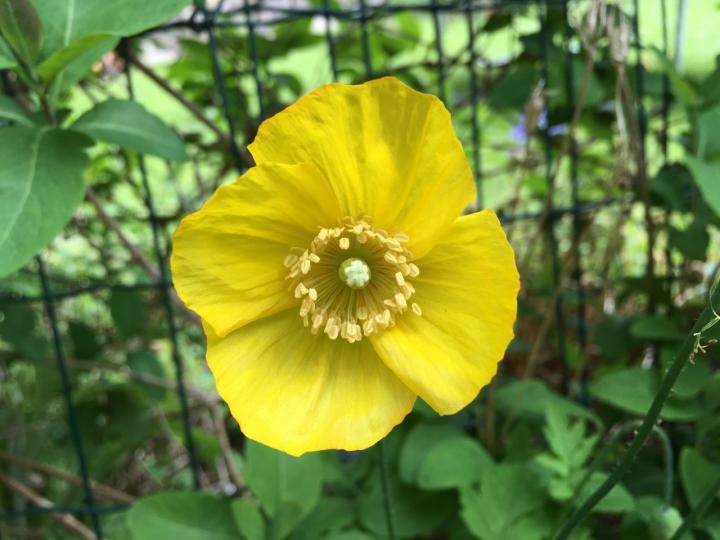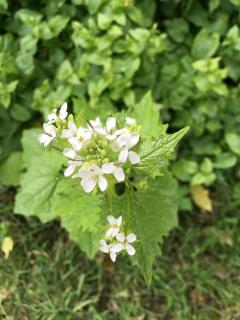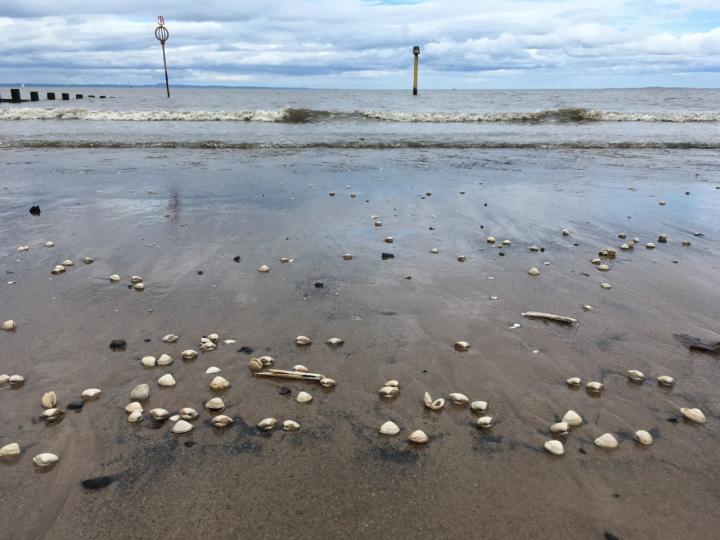Thirty Days of Wild
MindLetter post written by Dr Kitty Wheater.
Dear all,
I hope you're soaking up the sunshine this week - long may it last!

Thirty Days of Wild
‘How is it June already?’ friends say. As the world opens up and Edinburgh throws aside its woollens, we might be forgiven for the sense that mere minutes ago it was snowing. Our cheeks are still tender from the biting wind, and the early dawn is an affront to lockdown-weary heads. But suddenly there are drifts of tree petals in the streets; an hour on the Meadows leaves us pink; comfrey, tulips, and alliums bloom in back gardens; and all the birds sing. We can finally raise our heads from our desks, and breathe in some summer.
In June 2020, I wrote about the 30 Days Wild campaign, run by The Wildlife Trusts. The campaign invites you to do one wild thing a day throughout this month, from walking barefoot in a park to following a bee on its journey. That’s thirty ‘random acts of wildness’. Over 100,000 people are already signed up this year, and if the weather these last few days is anything to go by, we can look forward to some sumptuous wildness this month. June is ready and waiting for us to get random with it: here are some ideas.
1. Spot the wildflowers

Walk down any street in Edinburgh, and you will find delicate yellow poppies growing in the gravel. Count them: in one front yard, I got to seventy. The odd one will be orange; wonder at its genetic quirk. Stroke their delicate petals with your fingertips, and marvel at their cousins, the mighty oriental poppies, their buds as large and dense as a child’s curled-up hand. Note where you found them. Later this summer, you can return for the seeds.
Pick a white fluffball of a dandelion seedhead, blow on it, and let the wind do the rest. Pick a spike of white-flowered garlic mustard by the Meadows, and give it to someone you love. Together you can nibble the leaves, and put the rest – garlicky and peppery – in salad. Gather chickweed, if you will, and eat it raw or cooked. Admire the speedwell growing low to the ground in grassy places, with its perfect bright-sky blue.
Find an ancient Observer’s Book of British Grasses, Sedges and Rushes in a charity shop, and take it to an unkempt grass verge. See stonecrop in the cracks of Stockbridge pavements by the walls, and rub its green nubs between the fingers for sheer satisfaction. Spot campion, white and red, with its fleshy leaves; look for pink cranesbill and ragged robin, and be surprised that wildflowers so common have such beautiful names. There’s more where that came from.
2. Birds of the world
Spot a starling on the Meadows, in its iridescent feathers: once common when you and I were small, it’s an endangered species now. Listen for the wood pigeons in back gardens, and see them jostle with their townish siblings for rich pickings under the trees. In Inverleith Park, watch the cygnets aboard their majestic craft: mother swan, small and demure, naturally takes the load. Count them every time, and will them on. Watch the swallows swoop up high overhead, and hope they stay for the midges.
On a spooky, haar-filled morning, greet the ever-present ravens of Holyrood, and try not to shiver. When you get home, befriend a crow with monkey nuts – slow, steady, and not too much. Go to the Hermitage of Braid and watch for the summer visitors: warblers, skylarks, chiffchaff. Wait by the water a while, for a flash of blue. If you’re very still, and go when it’s very quiet, you could see an otter…
3. Go beachcombing
Wander the beaches of the Firth of Forth, and compare what you find: clams at Portobello, mussels at Musselburgh, giant whelks and oysters at Seton Sands, periwinkles, common dog whelks and tiny crabs at North Berwick. And everywhere, limpets. Razor clams. Acorn barnacles. Occasionally, a perfect tower shell.
Dig out The Pebbles on the Beach by Clarence Ellis. Take it with you as you walk, for granite and flint, limestone and chert. Note the black marks on the beach at Portobello: coal, you are told. Crunch and slip your way over seaweed-covered rocks in red, green, and brown, and find yourself perplexed at the egg casings on the sand, rolling like tumbleweed in the wind: crab? Whelk? Something is alive and well. Spot the piled castings of lugworms, and consider digging for them. You’ll have to be fast.
When your shoes get gravelly, walk barefoot on the sand, and poke tentative feet into ice-cold water. Shake your head in begrudging admiration at the sea swimmers; then, get in yourself. Just a few minutes. You can do it. When you have warmed up, sit on the beach, and watch the waves lap in and out. Maybe meditate a little, with this Body and Breath practice, and sense your body grounded in its sandy seat.
Whether you’re finding flowers, listening to birds, or picking up shells on the beach this month, don’t forget – never forget – to look up and out at our ancient volcanic land. Look for Arthur’s Seat to the east, and Berwick Law to the west. If you stand on a high point, you can see crags and rolling fields; the rugged, the smooth, and the sandy; the green and the gold; the hills and the sea. We’ve got it all. Aren’t we lucky.
Wishing you a truly wild June.
Kitty


